Growing peppers becomes easier and more rewarding when you surround them with the right companion vegetables. Some plants enrich the soil with nutrients, while others deter harmful insects or shield your peppers from the sun and wind.
This natural teamwork leads to healthier plants and better yields. Even small gardens can benefit since many companions double as quick crops or space savers.
Imagine enjoying a harvest of peppers alongside fresh lettuce, radishes, or beans from the same bed. Let’s explore 12 of the best vegetables to plant with peppers.
#1 Lettuce
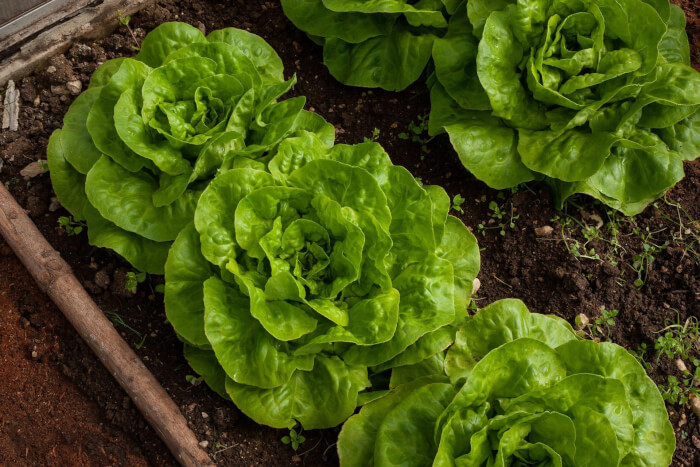
Lettuce makes an excellent partner for peppers because of its compact growth. Its short leaves stay low to the ground, covering bare soil and helping to crowd out weeds.
You can sow lettuce seeds around pepper plants early in the season and harvest them quickly before peppers mature. Keeping the soil slightly moist will benefit both crops.
Thin lettuce seedlings if they get too crowded, which gives peppers more airflow. This pairing is simple, productive, and a smart way to save space.
#2 Radishes

Radishes are among the fastest vegetables you can grow, often ready in just three to four weeks. Planting them around peppers lets you enjoy a quick harvest while peppers are still establishing.
Their roots help break up compact soil, improving drainage and aeration for your peppers. Sow seeds directly in the ground around the pepper base.
Keep the soil evenly moist for best results. Pull radishes when young for crisp flavor and replant more seeds for a steady supply.
#3 Spinach
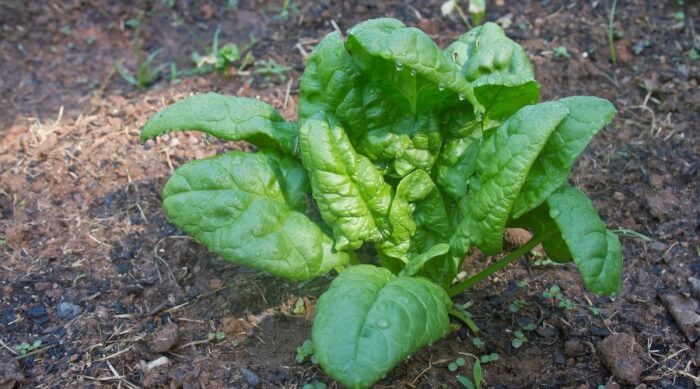
Spinach complements peppers beautifully because it thrives in partial shade. As peppers grow taller, their foliage provides a natural cover that helps spinach stay cool.
You can sow spinach seeds between pepper plants and water consistently to keep leaves tender. Harvest outer leaves regularly to encourage new growth.
Adding compost or organic fertilizer gives both plants an extra boost. Spinach offers fresh greens while working alongside peppers to make efficient use of space.
#4 Beans
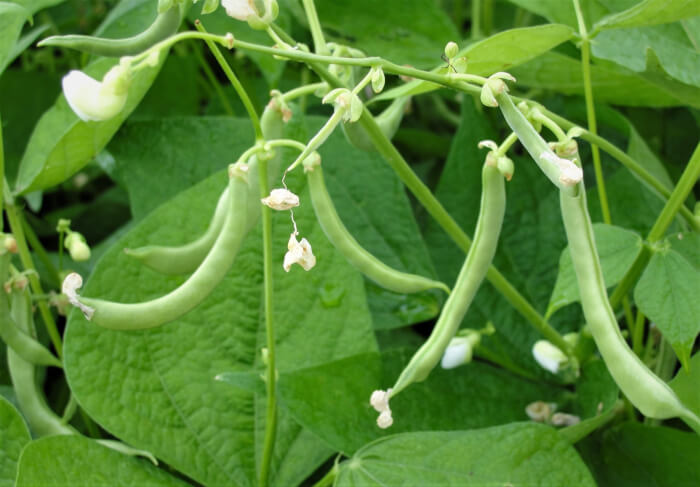
Beans benefit peppers by fixing nitrogen in the soil, enriching it with nutrients peppers need for fruiting. They also create light shade and act as a natural windbreak when grown alongside peppers.
Bush beans are best for small spaces, while pole beans can climb supports nearby. Plant bean seeds once the soil warms in spring.
Water deeply once a week and mulch around the plants to retain moisture. This pairing supports peppers while giving you a second tasty harvest.
#5 Squash
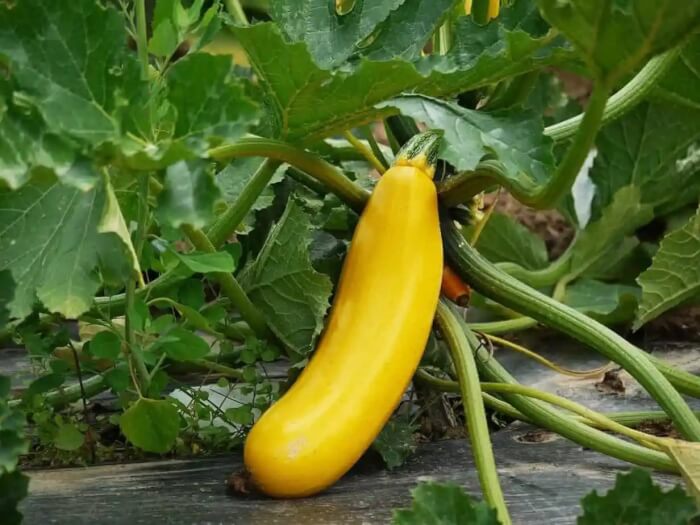
Squash plants have large, broad leaves that spread out across the soil. This natural canopy helps suppress weeds and keep the ground cool and moist for peppers. Summer and winter squash varieties both work well.
Give them plenty of room, as their vines can spread quickly. Mulch around the base of the plants to reduce evaporation. With proper spacing, squash and peppers will thrive side by side and complement each other.
#6 Chard
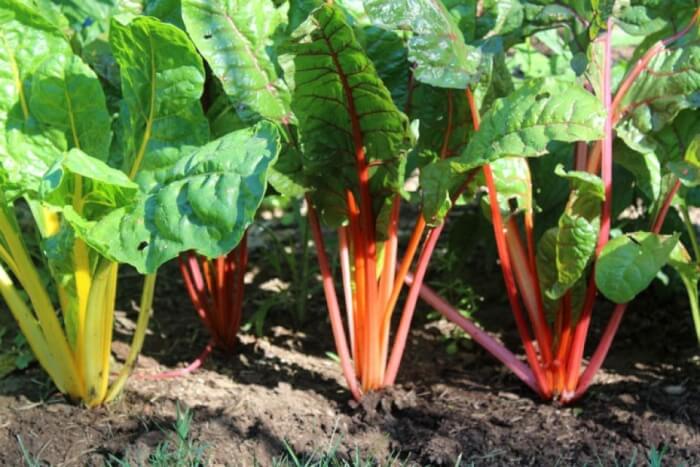
Swiss chard is another leafy green that partners well with peppers. Its tall, colorful stems and broad leaves provide gentle shade while protecting peppers from strong winds.
Sow seeds in rows or small clusters near peppers for a vibrant mix of crops. Keep the soil moist for tender leaves, and harvest regularly by cutting outer stalks.
This not only adds nutrition to your meals but also supports healthier pepper plants. The bold colors of chard add beauty to the garden as well.
#7 Tomatoes
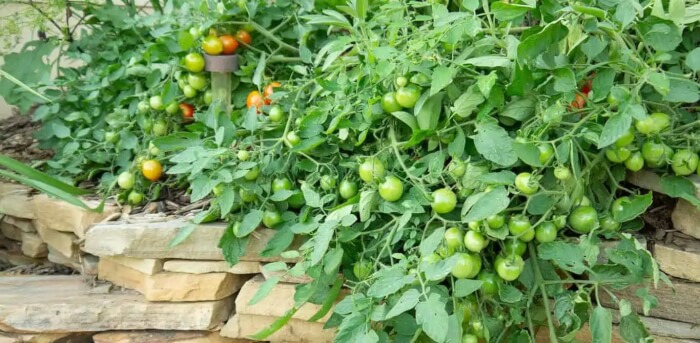
Tomatoes share many of the same growing needs as peppers, which makes them good neighbors. Their foliage can provide light shade to pepper plants during the hottest parts of the day.
Plant them in a sunny spot with well-drained soil and water consistently. Stake or cage tomatoes to keep them upright and prevent overcrowding.
Fertilize with a balanced mix to encourage steady growth. This combination results in healthy plants and a garden full of flavor.
#8 Carrots
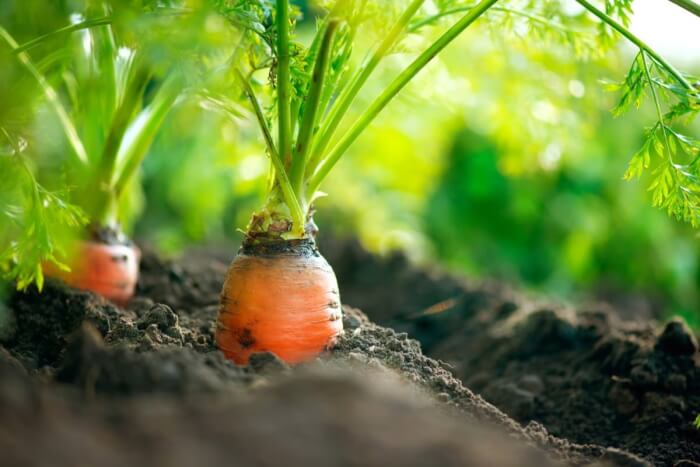
Carrots grow well under the leafy canopy of peppers, where they act as a natural mulch by shading the soil. They also loosen the soil as they develop, improving conditions for pepper roots.
Sow carrot seeds directly into the ground between pepper plants. Thin seedlings early to prevent overcrowding. Keep the soil moist to encourage even root growth.
Harvest carrots at different times for a staggered supply while peppers continue to mature.
#9 Beets
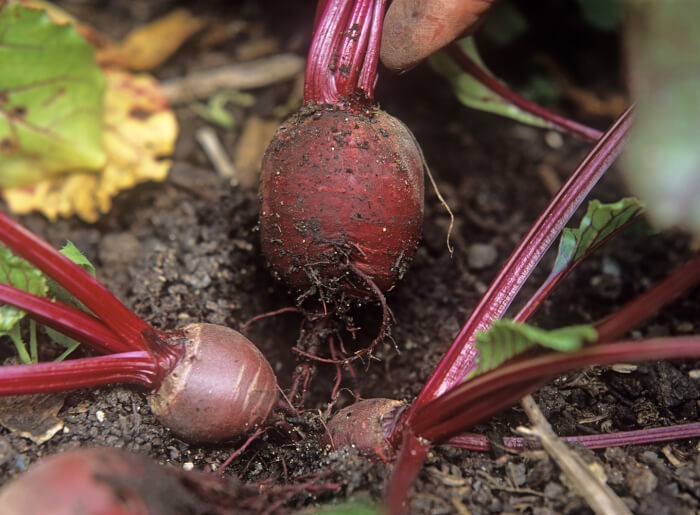
Beets are versatile companions that grow easily alongside peppers. Their foliage shades the soil, helps retain moisture, and reduces weed growth. Direct sow beet seeds near peppers and thin young seedlings to allow space for roots to swell.
Water evenly to prevent a woody texture in the roots. Harvest the leafy greens for salads while roots continue to mature underground. Growing beets near peppers is an efficient way to use space and enjoy two crops at once.
#10 Asparagus
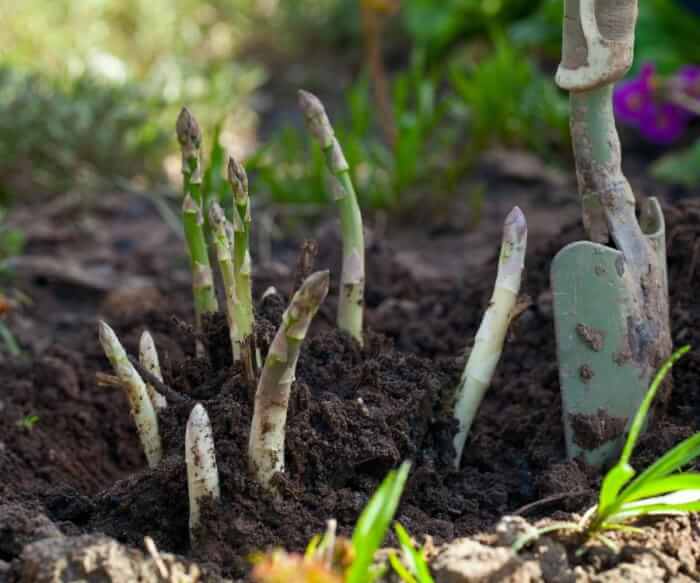
Asparagus is a perennial crop that fills in early spring before peppers are planted. After the asparagus harvest, the beds can host pepper plants during summer. This smart rotation maximizes space in the garden.
Plant peppers in well-drained soil enriched with compost in the asparagus patch. Keep asparagus ferns intact through the season, as they offer natural wind protection.
This partnership makes excellent use of existing garden areas without competition.
#11 Corn
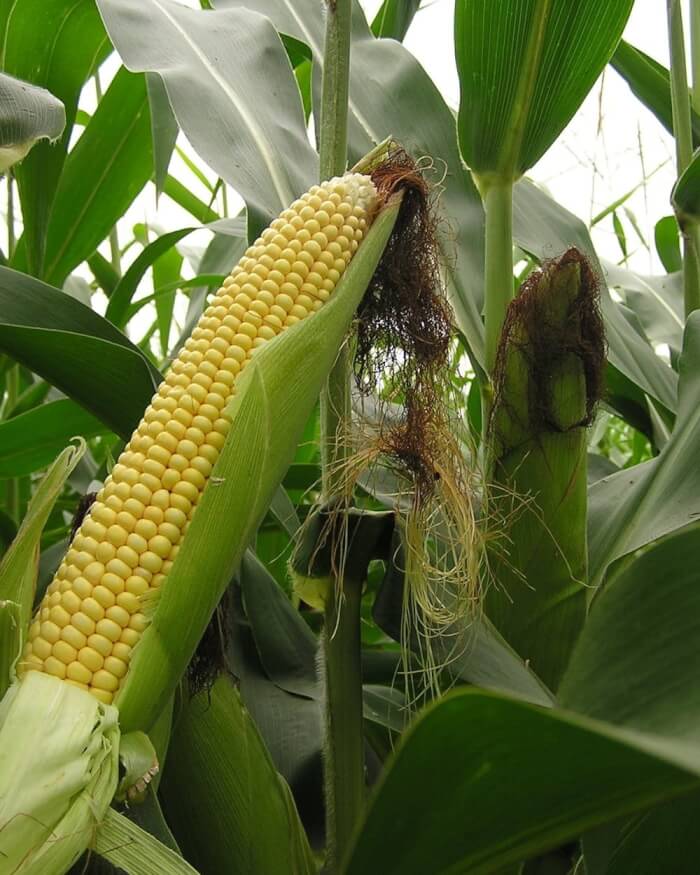
Corn’s tall stalks provide a natural windbreak and offer dappled shade that peppers appreciate in the heat of summer. It can also act as a trap crop for aphids, keeping them away from peppers.
Plant corn in blocks for good pollination, then add peppers nearby. Be sure to water regularly since both crops are heavy feeders.
Mulch the soil to conserve moisture and reduce weeds. This combination brings structure and productivity to your vegetable patch.
#12 Okra
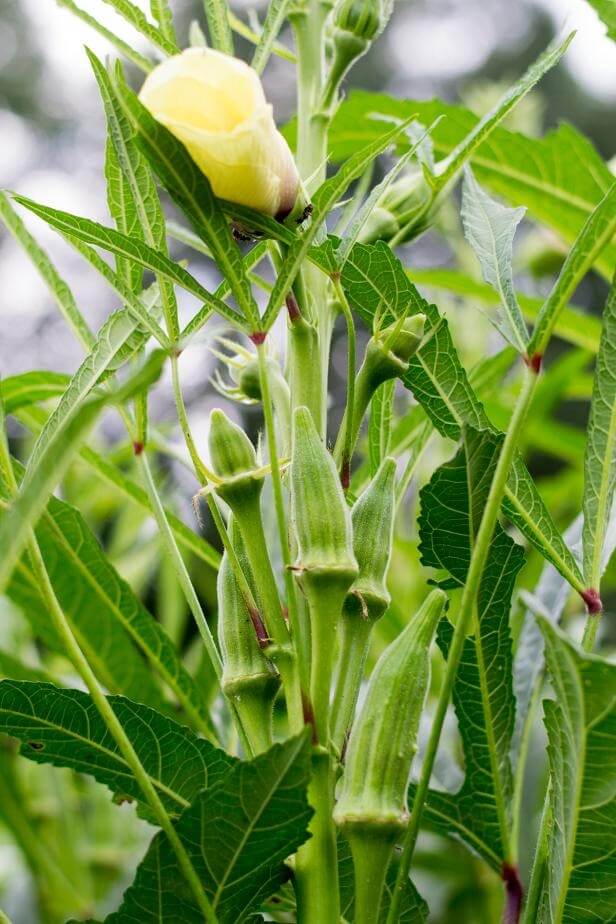
Okra and peppers thrive in similar warm conditions, making them good companions. Tall okra plants provide partial shade and shield peppers from harsh winds. They may also help deter pests like aphids.
Sow okra seeds directly once the soil warms and water regularly to keep plants strong. Harvest young pods frequently to encourage continuous production. Together, okra and peppers create a balanced and productive summer garden.
